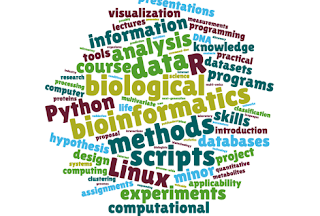Simulating the effects of biotic and a biotic interactions with or without human interference to compute ecological resilience within a closed ecosystem. Simulating a set food chain in the said ecosystem and studying the effects of biotic factors on the biotic chains and vice versa. Classifying and comparing various closed ecosystems on the said parameters and determinacy of the stability of an ecosystem over time. Study of various a biotic compound statistics via graphical representations in a time controlled order. Ability to introduce new species, remove existing ones or change the concentration amounts of current biotic parameters and thus study various results in a cause effect relationship. Time factoring and control over biotic gene pool to affect ecosystems on both a macro and micro scale. In depth latency about ecosystems in the gaming industry, weather simulators, and life perseverance of various endangered and threatened species along with sustainable resource control.
by Ankita Dhillon | Kirti Bhatia | Rohini Sharma "Eko: Artificial Life, Determinacy of Ecological Resilience and Classification of Closed Ecosystems" Published in International Journal of Trend in Scientific Research and Development (ijtsrd), ISSN: 2456-6470, Volume-5 | Issue-5 , August 2021,
URL: https://www.ijtsrd.com/papers/ijtsrd46318.pdf
callforpapermedicalscience, medicalsciencejournal, manuscriptsubmission























